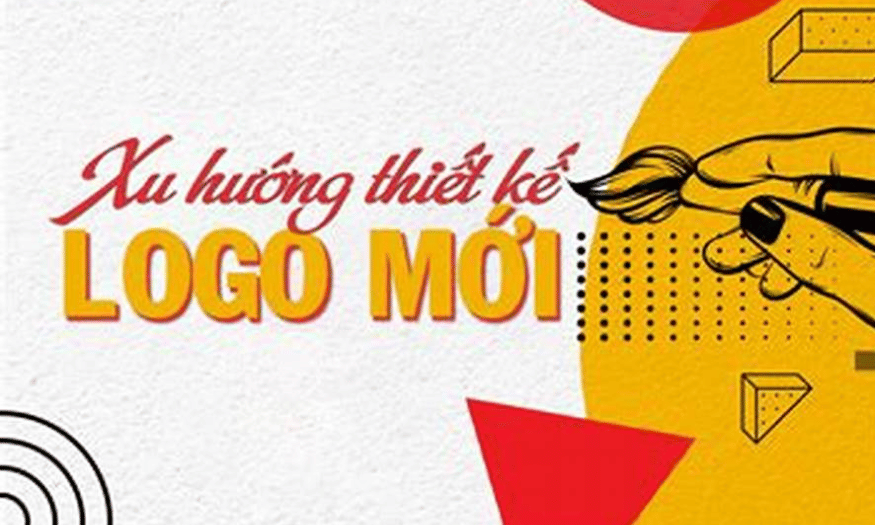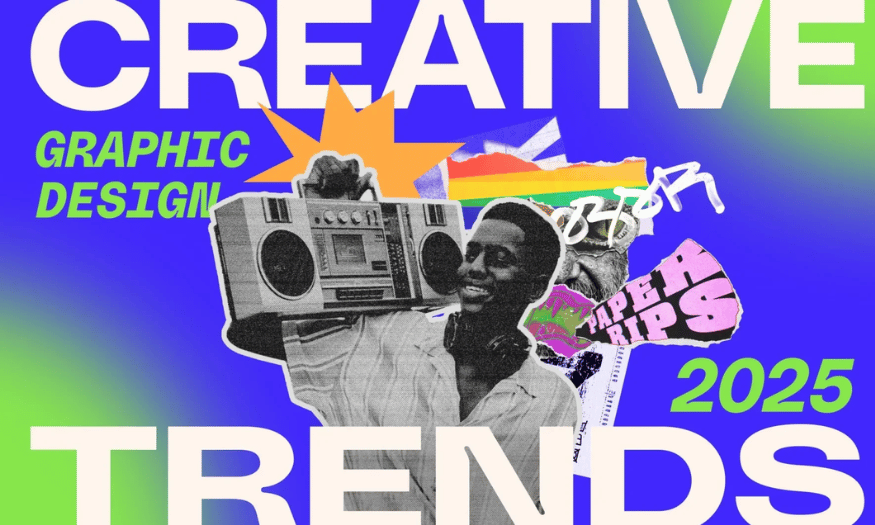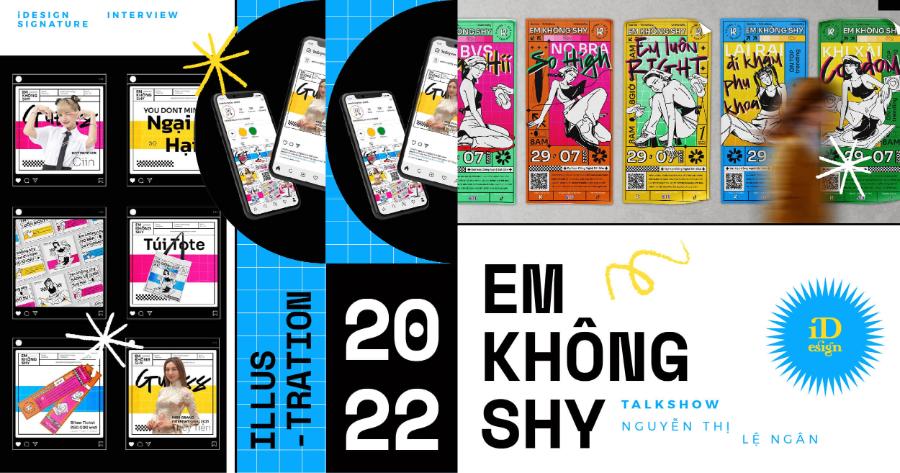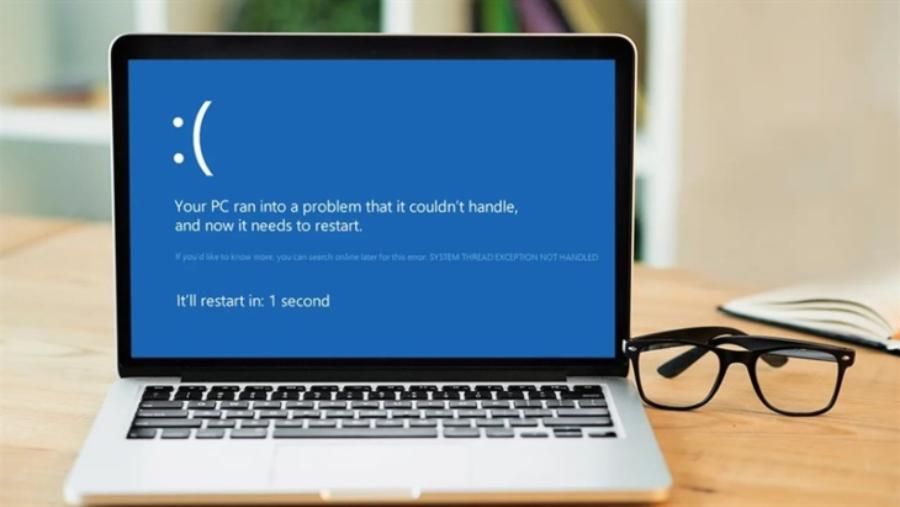Best Selling Products
Get Ahead of the Top 10 Popular UI/UX Trends in 2025
Nội dung
In today's technological world, user experience (UX) and user interface (UI) have become key factors that determine the success or failure of a product. Users not only seek convenience but also need an experience that is aesthetically pleasing, easy to use, and optimized for their needs. This has led to the constant development of UI/UX trends, from minimalist designs to rich interactive elements. 2025 promises to bring many new, exciting, and creative trends, opening up opportunities for designers and businesses to enhance the user experience. Let's take a look at the most popular UI/UX trends this year with Sadesign.

In today's technological world, user experience (UX) and user interface (UI) have become key factors that determine the success or failure of a product. Users not only seek convenience but also need an experience that is aesthetically pleasing, easy to use, and optimized for their needs. This has led to the constant development of UI/UX trends, from minimalist designs to rich interactive elements. 2025 promises to bring many new, exciting, and creative trends, opening up opportunities for designers and businesses to enhance the user experience. Let's take a look at the most popular UI/UX trends this year with Sadesign .
1. Generative Design
Generative design is emerging as a revolutionary trend in the field of UI/UX, where artificial intelligence and complex algorithms are applied to automate the design process. This trend goes beyond simply creating interface layouts, and allows for personalized user experiences in a way that has never been possible before. Using user input and predefined parameters, designers can create unique and flexible products, from colors to typography, all automatically adjusted.
One of the highlights of generative design is the ability to automatically create 3D models based on real images. This has made the entire design industry admire the power of technology. With this ability, designers can explore many new directions, thereby creating products that are not only beautiful but also highly functional.
This development benefits not only designers but also users, as experiences become more personalized and tailored to each person’s needs. This opens up new opportunities for creativity and innovation in design, helping to create products that not only meet but exceed consumer expectations.
2. Bold Typography
In 2025, bold typography will continue to dominate the design world, marking a dramatic shift from delicate, delicate typefaces to larger, more assertive fonts. Using bold typography is not just about grabbing attention, but also about making a strong and clear statement. Bold fonts help create a visual hierarchy of content, guiding users to navigate and access information more easily.
The power of bold typography lies not only in its size but also in its ability to add personality to an interface. When used strategically, it can add interest and appeal to an overall design. Furthermore, combining bold typography with other styles, such as 3D design or italics, can create unique products that attract users at first sight.
The adoption of bold typography is not just a passing trend, but reflects a change in the way users interact with information. An interface with strong typography can create a positive and memorable user experience, thereby enhancing brand equity and recognition in the minds of consumers.
.png)
3. Use complex gradient effects and motion
In the UI/UX design landscape of 2025, complex and dynamic gradients are all the rage, bringing a dynamic and captivating style to digital interfaces. This trend is not just about color combinations, but also about moving away from static color schemes to more dynamic and impactful experiences. Gradients allow designers to create depth and richness in interface elements, from backgrounds to headers.
By applying complex gradients, designers can create attractive backgrounds that attract users’ eyes at first sight. Not only that, gradient effects also help convey brand messages more clearly, when combined with color psychology to evoke specific emotions. This not only makes the interface more eye-catching but also helps users feel more deeply connected to the brand.
2025 will be a year of strong development of technologies that allow for the creation of smoother and more realistic gradient effects than ever before. This will not only change the way users interact with interfaces but also open up endless creative possibilities for designers. The flexibility in using gradient effects will be one of the decisive factors that help products stand out in an increasingly competitive market.
4. Glassmorphism
The glass effect, also known as glassmorphism, has become a popular design style thanks to its ability to combine depth, transparency, and the subtle aesthetic of frosted glass. By using this effect, digital interface elements such as cards, pop-ups, or navigation frames not only become eye-catching but also create a sense of lightness and lightness. The transparency of the interface layers gives users the feeling that they are looking through frosted glass, creating an interesting communication space between elements.
Although the glass effect has been around for many years, it never goes out of style. Just like the fashion industry, this design trend also goes through different cycles, constantly adapting and upgrading to meet the increasing needs of users. Designers are always looking for ways to refresh this effect, combining it with new elements to create a more unique and engaging experience.
Thanks to the development of technology, glass effects can be easily integrated into interfaces on many different platforms, from mobile applications to websites. This not only helps to create impressive products but also enhances the user experience through sophistication in design, creating an interface space that is both modern and pleasant.
.png)
5. Augmented Reality (AR)
Augmented Reality (AR) has been growing rapidly in recent years, making its mark in the UI/UX design space. While it has been overlooked for a while compared to other trends, AR has shown immense potential in changing the way users interact with the world around them. By merging the physical and digital worlds, AR creates immersive experiences that make it easier for users to engage with and learn about products in a more intuitive way.
Apple, one of the pioneers in the application of AR, has shown its foresight in investing in this technology. They have expected that integrating AR into their products will not only enhance user value but also bring significant profits. With the increasing demand for AR-enabled user interfaces, designers will need to focus more on developing rich interactive experiences that make it easy for consumers to visualize and interact with the product.
The demand for augmented reality will continue to grow in the future, as consumers seek more engaging and interactive experiences. This technology not only brings newness to design but also opens up potential business opportunities for brands, creating memorable touchpoints between customers and products.
6. Parallax effect
The parallax effect is a creative visual technique used to create a sense of depth and a more immersive experience for users on a website or app. It works by moving different elements in the background, midground, and foreground at different speeds, creating a very appealing illusion of three-dimensional space. As users scroll the page, they will feel the elements change, creating a fun and engaging interactive experience.
When implementing the parallax effect, designers need to keep responsiveness in mind across a variety of devices and screen sizes. Mobile users in particular expect a smooth and enjoyable experience, so optimizing the effect for small devices is important. Parallax not only enhances aesthetics, but also provides a natural interaction that makes users more interested in exploring content.
Combining this technique with other design elements will create products that are not only beautiful but also creative. By 2025, parallax effects are expected to become an indispensable part of interfaces, thanks to their ability to create unique and impressive experiences for users.
.png)
7. Brutalism
Brutalism represents a unique and somewhat controversial approach to web design. Inspired by the principles of brutalist architecture, this style is characterized by clarity, strength, and an unabashed lack of fear of rawness. In the context of UI/UX, brutalism brings a unique personality, making the content in the interface stand out and attract attention at first sight.
This trend allows designers to play with contrasting elements, from text size to illustration, creating a strong and impressive interface. The combination of different elements in a raw design not only creates a clear communication space but also makes it easy for users to access information intuitively. With this style, a product can provide a unique experience, impress and stimulate the curiosity of the user.
Brutalism promises to continue to attract attention in 2025, as design trends become more diverse and rich. Brands will need to skillfully combine creativity and functionality to create products that are not only beautiful but also bring value to users.
8. Hyperrealism
Hyper-realism in UI/UX design is emerging as a strong trend, allowing designers to create interfaces and user experiences that closely mimic real-world objects and environments. This style is not just about reproducing images, but also includes detailed and vivid reflections, giving users a more realistic feeling than ever before. Hyper-realism can be applied in many fields, from branding design to app design and mockups, with the ultimate goal of creating rich and engaging user experiences.
By leveraging modern techniques such as photorealistic rendering, 3D animation, and advanced animations, the hyper-realistic interface not only produces sharp images but also makes users feel as if they are interacting with real objects. The fine details and vivid colors help users visualize and feel the quality of the product in a realistic way, thereby enhancing the connection between them and the brand. This not only enhances the user experience but also contributes to increasing brand loyalty.
The advancement of technology has opened the door for hyperrealism, allowing designers to harness the potential of new tools to create products that are not only beautiful but also emotional. In today’s fiercely competitive market, the application of hyperrealism will be an important factor for brands to stand out and win the hearts of consumers.
.png)
9. Minimalist design with negative space
Minimalist design with negative space is becoming an important trend in the field of UI/UX, emphasizing the smart use of white space to draw attention to key elements in the interface. Negative space is not just about leaving space but also plays an important role in guiding users and creating an easier visual experience. By removing unnecessary details, minimalist design helps users focus on the main content without distraction.
Using negative space wisely not only improves the aesthetics of an interface but also creates a sense of comfort and ease for users. Designers can create harmonious layouts where elements such as text, images and icons are arranged logically, creating a smooth and intuitive experience. This trend is especially suitable for mobile apps and websites, where screen space is limited and minimalism is essential.
10. Gesture-Based Interaction
Gesture interaction is becoming a prominent trend in UI/UX design, especially in the context of increasingly strong technology development. This method allows users to interact with the interface through natural gestures such as swiping, touching, dragging or pressing, helping to create a more flexible and intuitive interactive experience. Applying gesture interaction not only brings fun but also helps users feel comfortable and familiar when using the product.
Designers are increasingly focusing on developing interfaces that support gesture interactions to enhance functionality and usability. This trend not only creates differentiation but also allows users to perform tasks more quickly and efficiently. Instead of having to perform many complex steps, users can complete tasks with just a few simple gestures, thereby saving time and enhancing the experience.
.png)
11. Conclusion
The year 2025 promises to bring many opportunities and challenges to the UI/UX field. New trends emerging not only reflect the development of technology but also meet the increasing needs of users. To succeed in this competitive environment, designers need to be flexible, creative and always updated with the latest trends. Understanding and applying these trends will help products become more attractive, thereby improving user experience and creating sustainable value for businesses.












































